Llevo dias hablando de temas textiles relacionados con las bodas, como los tejidos de novia, los cancanes y los velos. El tul es común a todos ellos, uno de los tejidos de boda más usados y con más utilidades.
El tul es un tejido ligero con una estructura en forma de red. A diferencia del tradicional encaje manual de bolillos, el tul es un encaje mecánico. Los hilos pueden ser fibras naturales como la seda o el algodón, fibras artificiales como el rayón o fibras sintéticas como el nylon.
Podemos utilizar el tul para velos y vestidos de novia, para vestidos de noche y para los tutú de las bailarinas de ballet. También pueden ser soporte de pelucas, mosquiteras o incluso visillos y puede teñirse en todos los colores imaginables.
An English translation below if you click ” Sigue leyendo”
El nombre tul proviene de la ciudad francesa Tulle, muy conocida en el siglo XVIII por la seda y la fabricación del encaje y el guipur.
Que el tul se convirtiera en la primera malla o encaje mecánico se debe al británico John Heathcoat, que en 1806 inventa un nuevo telar llamado “Bobbinet” ( unión de la palabras inglesas “bobbin” y ” net”. El tul se consigue dando vueltas a los hilos de la trama alrededor de los hilos de la urdimbre; así se obtiene un enrejado o red con hueco hexagonal que no se enrolla ni deforma ni se deshilacha, toda una revolución para la confección.
Si nos centramos en los tules de novias, podemos dividirlos en varios tipos, todos ellos muy utilizados:
- El tul ilusión es el más usado, de 100% nylon y no tiene mucha caída pero da mucho volumen.
- El tul inglés, puede ser de algodón de poliester nylon y con un calado hexagonal. Tiene más caída que el tul ilusión y una transparencia similar.
- El tul de seda, en 100% seda, es el más suave, fino, lujoso y caro de todos . Es también el que tiene más caída de todos ellos.
He encontrado un foto comparativa de un sencillo velo en los tres materiales y veréis rápidamente su diferencia. El tul ilusión es el más transparente y con más cuerpo. El tul Inglés tiene ya más caída y es menos transparente que el ilusión. Y el tul de seda el que tiene más caída y menos transparencia.
Además de éstos podemos encontrar el tul plumetti, normalmente con un dibujo de topos.
Por último, los tules armados son especiales para usar en cancanes y crinolinas interiores y dar volumen y forma a los vestidos.
Buscando para mostraros cómo se fábrica el tul y su diferencia con el encaje manual de bolillos, he encontrado un video de una empresa llamada Swisstulle en Chard, Inglaterra. En él podéis ver parte de la producción manual que aún subsiste y los telares bobbinet fabricando tules de novia y ceremonia. Espero que os guste.
I have spent days talking about textile curiosities of weddings world , as bridal fabrics, petticoats and veils. The tulle is common to them all, one of the most used wedding fabrics and with more utilities.
Tulle is a lightweight fabric with a net-shaped structure. Unlike traditional pillow laces, tulle is a mechanical lace. The yarns may be natural fibers such as silk or cotton, artificial fibers such as rayon or synthetic fibers such as nylon.
Tulle is most commonly used for veils, gowns (particularly wedding gowns), petticoats and ballet tutus. Tulle comes in a wide array of colors and it can also easily be dyed to suit the needs of the consumer.
The name comes from Tulle a French city well known in the eighteenth century by silk and lace-making and guipure.
The tulle became the first mechanical netting due to the British John Heathcoat , who in 1806 invented a new loom called ” bobbinet ” (union of the English words ” bobbin ” and ” net”). The tulle is is made by wrapping the weft thread around the warp thread, creating a strong hexagonal design which tends not to twist or fall out of shape, because the wrapped threads maintain a state of tension. The result is tulle netting which is lightweight and surprisingly strong and durable for its weight.
Focus on the bridal tulles, we can divide them into several types all very used :
- Tulle bridal illusion is the most used. 100 % nylon, it is soft but gives a lot of volume.
- English tulle can be made in cotton and polyester nylon with and it has a hexagonal draft. It is more draw than tulle illusion with similar transparency .
- The silk tulle, in 100 % silk, is the softest, light, expensive and luxury of all of them. It is also the one more drape.
I found a comparative picture of a simple veil in the three materials and you will see easily their difference. Tulle illusion is more transparent and more pouf. English tulle already has more drape and is less transparent than the illusion. And silk tulle which has more drape,very little pouf and more opaque than Illusion.
Besides these we can find the tulle plumetti, usually with a drawing of dots.
Finally, armed tulles are special to be used in frilly petticoats and interior crinolines to give volume and shape to the dresses.
Looking how to show you the mechanical tulle production and its difference with the pillow laces making, I found a video of a company called Swisstulle in Chard, England. You can see part on it the manual production that still exists and bobbinet looms manufacturing for tulle wedding and ceremony. I hope you like it.
Imagenes: berensteintextiles,bodas.com, T30SB

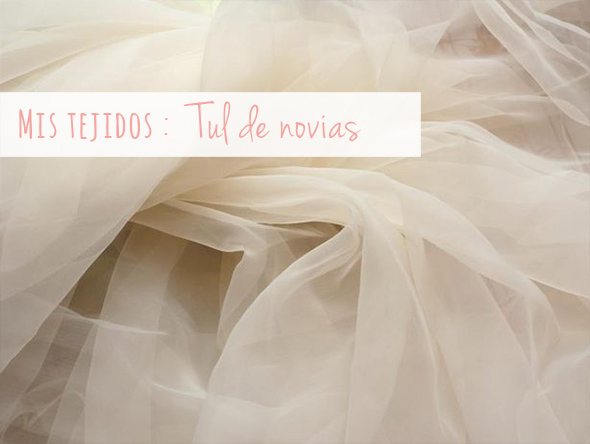

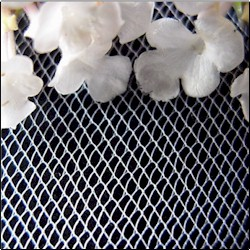
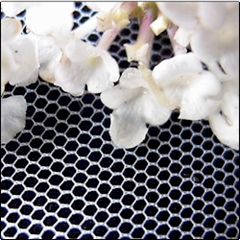
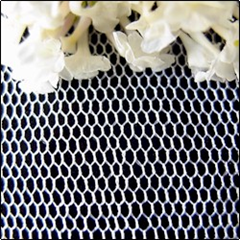
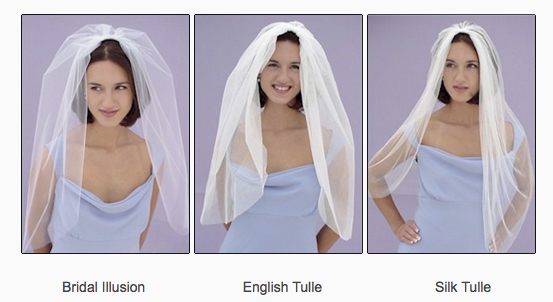
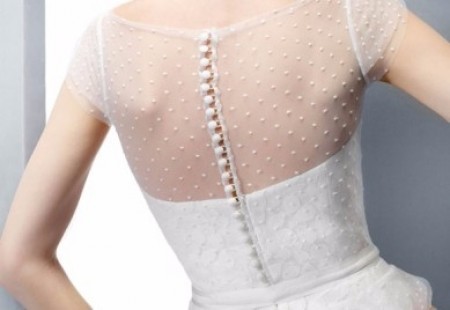
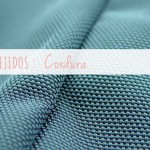
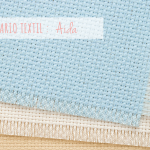
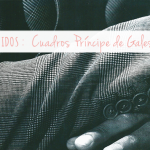
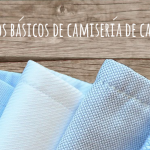




Wonderful goods from you, man. I’ve understand your stuff previous to
and you are just extremely excellent. I really like what you’ve acquired here, certainly
like what you are saying and the way in which you say it.
You make it enjoyable and you still care for to keep it wise.
I can’t wait to read far more from you. This is actually a great
website.
my web blog – manicure
Thank you for your words!